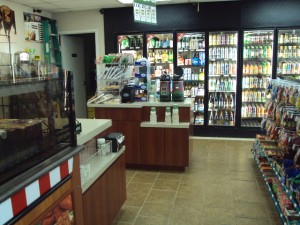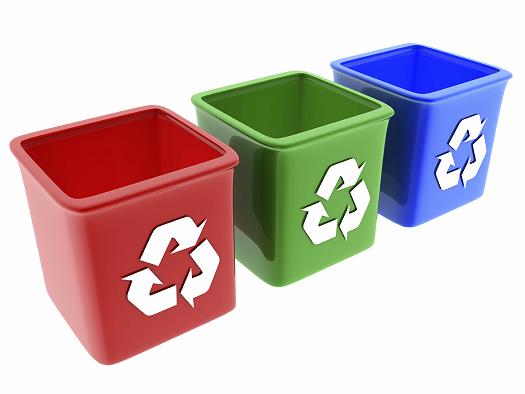One of the things we really needed to do a while back was to refinance our commercial property.
Why? Our current loan had a couple of years left, but the balance of the loan (because of the way the original one was set up) wasn’t taking down the balance of the loan at a fast enough rate. And while we understand why it had to be written that way at the time – 100% benefiting the lender, there comes a time when you know you are in a better negotiating position and need to move on it. My family is debt adverse. We don’t like debt and getting rid of it is very important in the scheme of things. It doesn’t mean we don’t use it — but we just don’t abuse it.
The reason we took the original loan was because at the time, it was the best (as new investors) we could do, based on what the marketplace was offering, what was needed on the property in question to make it function, and our financial situation. We were putting 35% down, and it was in a prime location – otherwise we might not have even been considered.
When we approached this refinancing task – the reason was two-fold. For one, our debt on the property was not going down as fast as we wanted, and we saw that the advantage to the bank was way more than it needed to be. Second, we had a 10 year commitment on that loan and no matter what – would have to do something in the next few years. So we took the initiative, and started shopping for a new loan.
There were so many variables to make this deal happen – more than I expected. I really tried to get to the bottom of those variables with our bank, but it just wasn’t happening. Suffice it to say, there are secrets that only the select few officers of the bank know and understand. The commercial loan people are not always forthcoming with the “details” and when you think you are ready to sign, some “issue” arises that seems always to be in their favor and is going to cost you extra money. Why does it have to be this way? Why not outline the “obvious” issues upfront and in full before the process gets started…. and why drag your feet on a modification of a loan you already hold?
We started with our current lender — of course. But we also made sure we went out and got some offers from others – because now the property is both viable, operating, turning a profit and more valuable. We needed to negotiate the best rate but we now had time, payment history and higher property values on our side of the equation.
Which brings me to the variables part again – can you do 5% 12 years? No 5% 8 years and then an adjustment. We can do 4.5% 6 years and then an adjustment. We can do 5.5% 12 years, or 4% 10 years. Before you are done, you are swimming in numbers and variables. All of these numbers and variables do affect what you will pay a month, how much you will pay in interest, and how long you will have to pay it for (and in some instances, what will be due as a balloon at the end of the term).
We thought we were all set with the 5% for 12 years, after the first meeting with the bank and were given the impression all was fine but they needed to get a new appraisal. I understand it might be a government regulated necessity, but they did it with an non certified appraiser and his value came in 400K lower than the tax assessment for the land. We still had a stellar loan to value ratio (even with the low ball assessment) – but we know the appraisal wasn’t done by someone who knew the values of the properties like ours. We have – several times – been offered much more than the appraised value of our property. It’s a money maker, it’s remodeled and it’s in a desirable and amazing location.
We had options. We could have went to another bank, or lender – we could have written a check against the equity loan we have on our home, we could have mortgaged our house and used that money, or we can just simply write a check to make the loan value lower — but none of that was in the plan for this property.
In the end, we had to get actual offers from other institutions, and basically do some hard negotiations with our current lender. The business that runs from the property generates an enormous cash flow thru their bank each month. If we move lenders, we will move the cash flow, and remove some of the other monies that we have in their institution. These factors, often times are a part of the larger dollar loan agreements. This bank above any other, had our history of about 7 years of operation and payments to rely on. They didn’t want to let us “move on”… and we got what we consider to be a great deal.
This process took at least 6 full months to complete. But, we were able to modify our old loan to be a 5% fixed rate, 12 year loan which at the end of 12 years will pay off this commercial property in full. Included in that agreement, was the fact that we use them for our banking and will not remove our deposits from their bank. That’s do-able!




 But do you realize (I didn’t) how much you hurt the entire process when you throw something into the recycling bin, that should go in the regular trash? The key word here – contaminate. Just one item can contaminate your entire recycling bin contents – to the point it just goes into the regular trash and landfill and you’ve wasted your efforts?
But do you realize (I didn’t) how much you hurt the entire process when you throw something into the recycling bin, that should go in the regular trash? The key word here – contaminate. Just one item can contaminate your entire recycling bin contents – to the point it just goes into the regular trash and landfill and you’ve wasted your efforts?